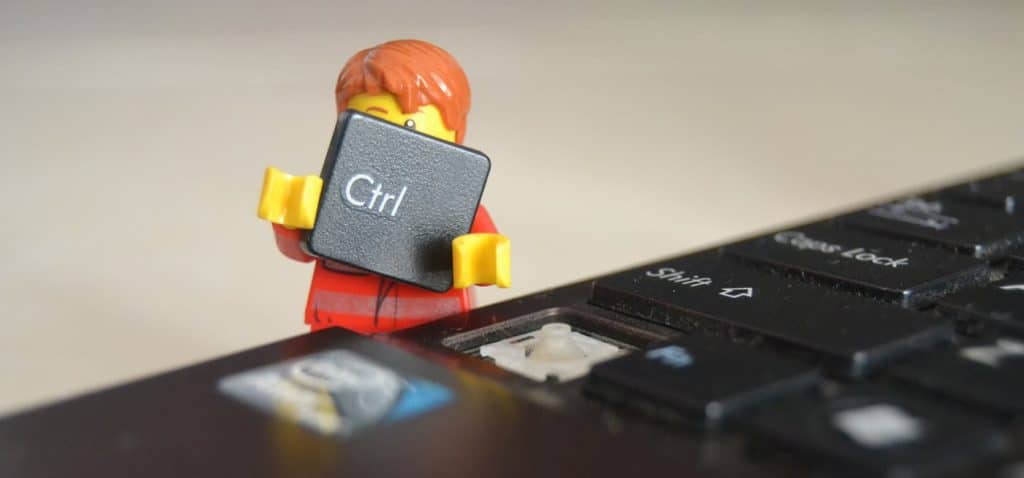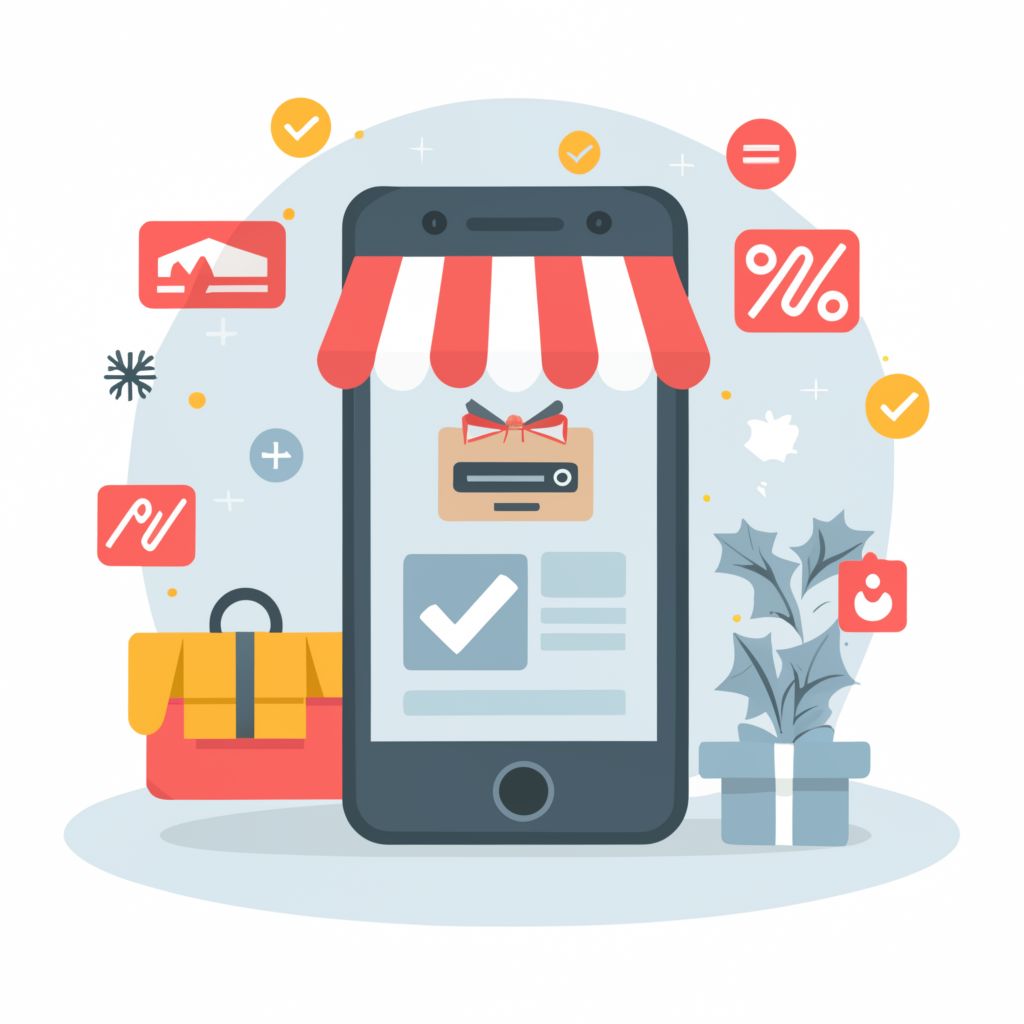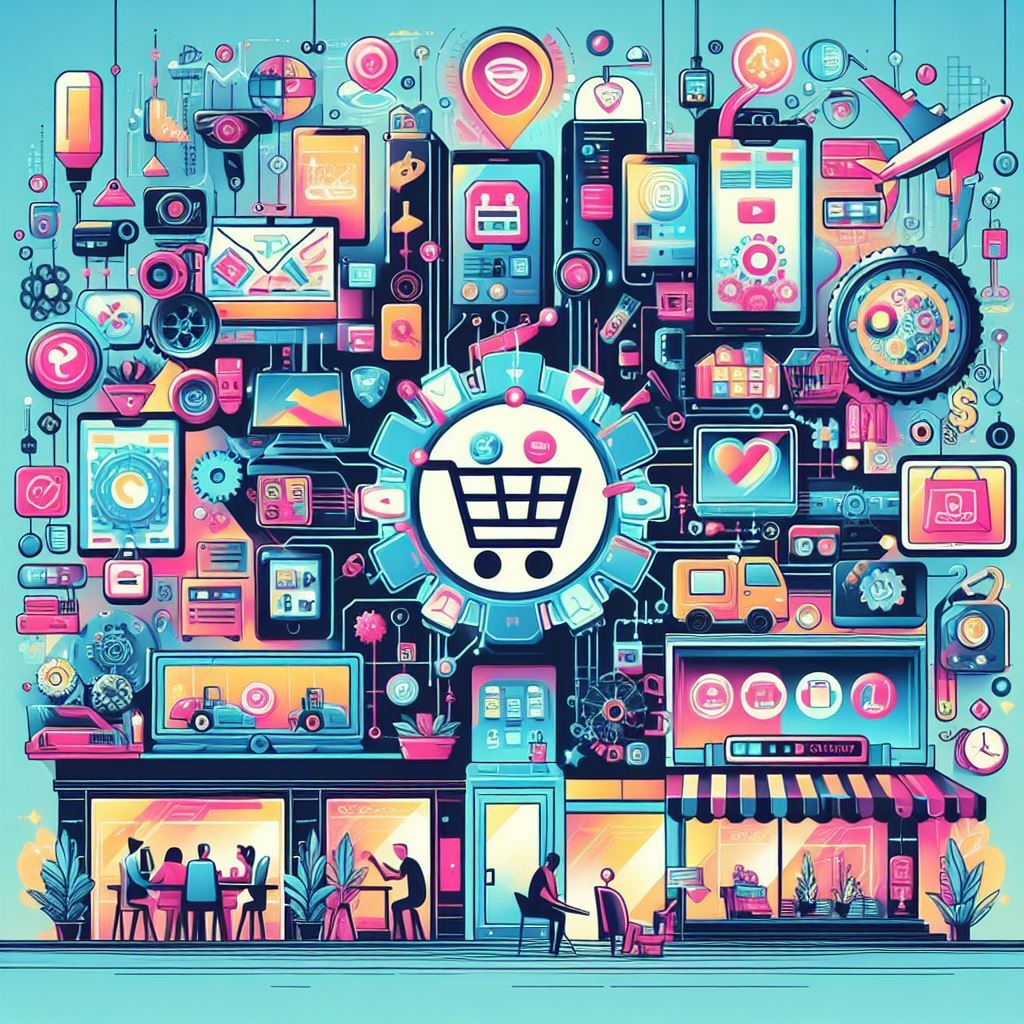With the proliferation of mobile devices, customer touch points and more businesses entering and competing in the digital and mobile space, it will not get any easier to grab the attention of consumers. Notoriously low attention spans are an indicator that businesses find it hard to hold the long-term concentration of shoppers in digital environments. But, there are ways how you can get them to pay attention.
People expect a personalized, seamless experience wherever, whenever and however they shop. You have to become consumer-savvy and reach out to consumers with entertaining and sharable content that can be grasped quickly – that is if you want to create lasting impressions.
The use of Gamification technologies to stimulate engagement and encourage purchases is a relatively new phenomenon in retail, but it’s working. Data from online retailers that integrated Gamification in their marketing and engagement strategies show that these gamified approaches are 10 times more effective and generate 10-15% more sales. And, according to a survey by BRP, 87% of retailers plan to use Gamification to engage customers.
87% of retailers plan to use #Gamification to engage customers. Click To Tweet
Gamification and Guided Selling to influence purchase decisions
Gamification doesn’t mean that you have to convince your IT department to develop sophisticated and complex video games. It’s more about turning something with a non-game context, such shopping, into a game, making the journey toward the end result more fun and enjoyable.
By using Guided Selling to integrate Gamification in your engagement strategy, you’ll be able to hold the shopper’s attention (especially that of your casual mobile browsers), and influence purchase decisions. Use it to understand needs and speak to the shopper’s desire for quick and easy transactions.
Ken Morris, principal at Boston Retail Partners, stresses the importance of investing in understanding customer needs prior to a purchase.
“The key to influencing a customer’s purchase and offering a personalized experience is to identify the customer early, as soon as they enter the store. However, in many cases, customer identification is happening at the point of checkout, which is too late to influence a current purchase decision. Fortunately, our survey indicates that within five years, more than 50% of retailers plan to identify customers when they walk in the store.”
Game on – Swiping is Liking
You may have certain opinions about Tinder‘s dating app and there’s a lot of criticism, but what can’t be denied is that Tinder has a brilliant interface: Swipe right to “like”, swipe left for “dislike”. How easy can it get?
Tinder’s super-simple matchmaking interface inspires retailers and brands to gamify purchasing and decision making with similar shopping apps.
In the end, aren’t all retailers and brands essentially matchmakers between consumers and compatible products?
This perspective and approach do not only help you to learn more about the likes and dislikes of shoppers, it allows you to personalize the experience and have a chance to influence purchase decisions.
What do you think? Are we going to see more gamified solutions by brands and retailers? Share your thoughts below!
Here are some examples of shopping gamified matchmaking-apps that use Guided Selling to engage, understand likes and dislikes, and help shoppers find the most suitable product on the go.
Stylect
Stylect is a mobile app to help women discover their perfect shoes. Stylect aggregates products from multiple websites and based on users’ preferences (gathered through a playful hot-or-not interface), it recommends suitable products. Users are able to keep track of and buy the products they like and receive notifications whenever a product they love goes on sale.
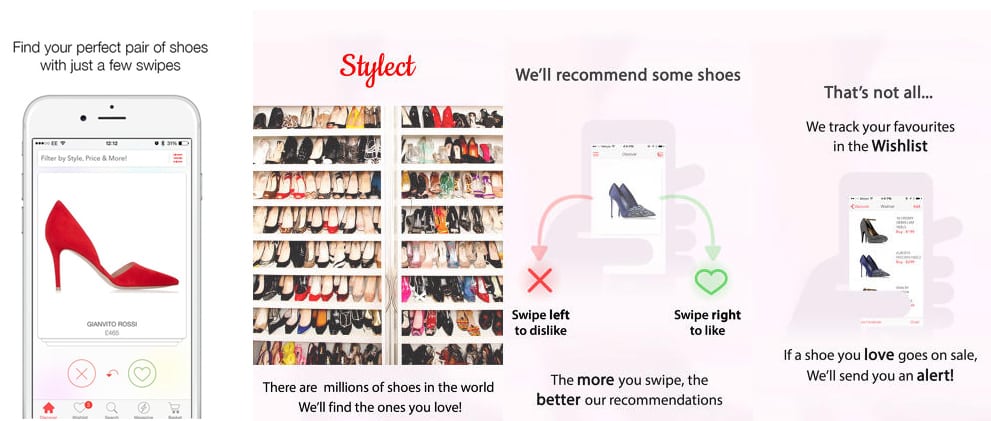
Kwoller & Sosho
Kwoller and Sosho are fashion discovery apps with a swipe-able UX that shows customers their favorite brands via a learning algorithm. Their personal recommendations improve the more users swipe.

TMATCH Vehicle Matching App
TMATCH is a mobile tool by the Ontario Toyota Dealers Association to help users find the right Toyota to purchase. It asks a couple of fun questions about the passengers, expected car size or the number of dogs that need to be driven around. The mobile tool also factors in your plans for the next years as well as your thoughts on the importance of fuel efficiency.
In the end, the quiz suggests suitable vehicles that match the user’s lifestyle and explains the result. Choosing a new car couldn’t be easier.
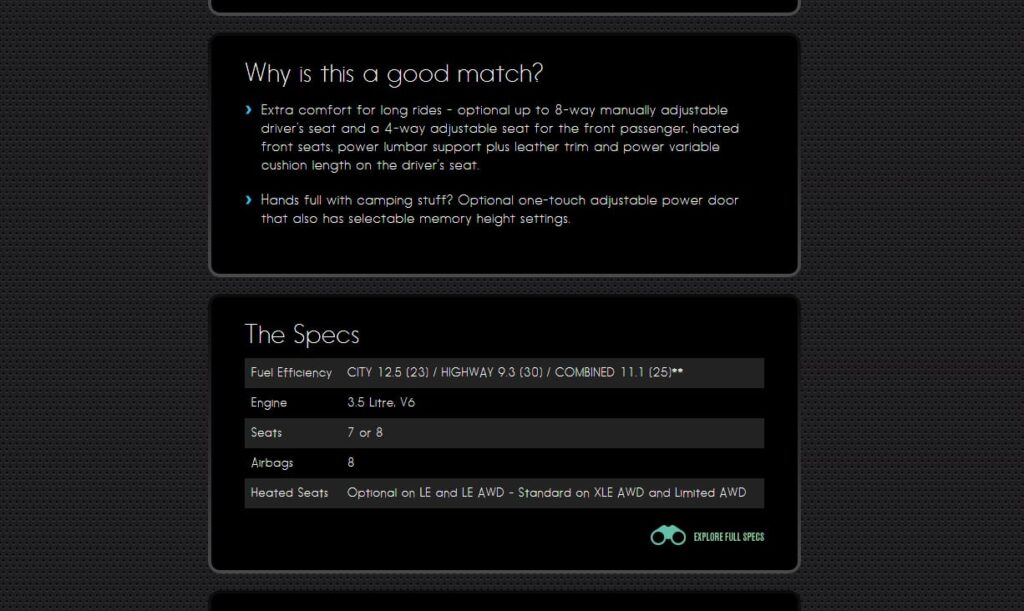
Gamification is a powerful tool to motivate people to buy products. If you haven’t yet tapped into the potential of Gamification to create brand awareness and drive purchase decisions, combining Guided Selling and Gamification is your chance. You’ll be able to move consumers beyond awareness and the occasional purchase to a state of in depth engagement and excitement.
Gamified shopping on the go. Happy to hear your thoughts!
Take your customer experience to the next level.
No hassle. Easy setup. Quick results.

